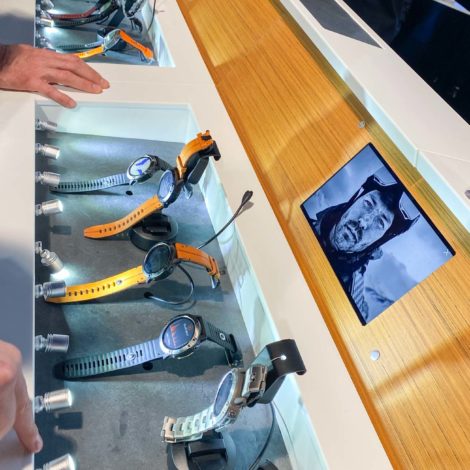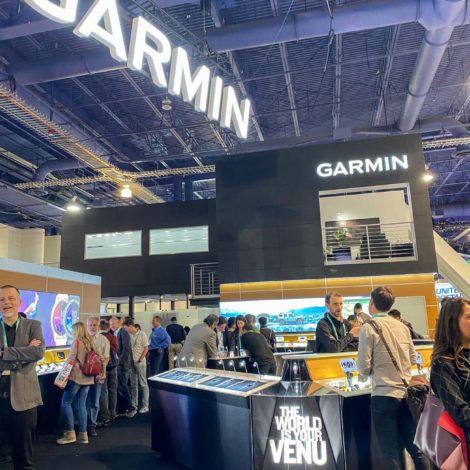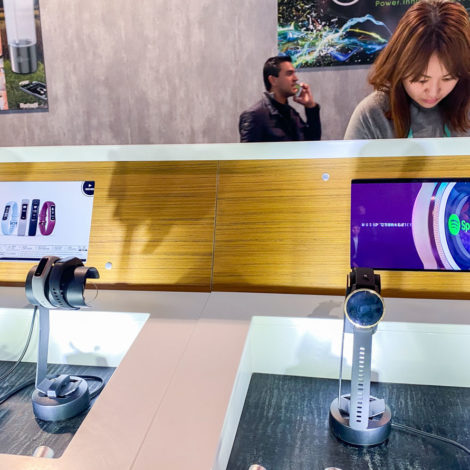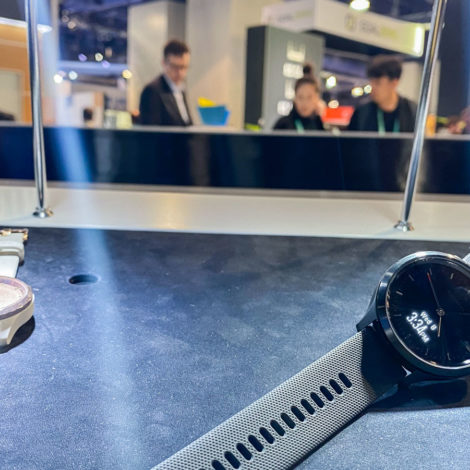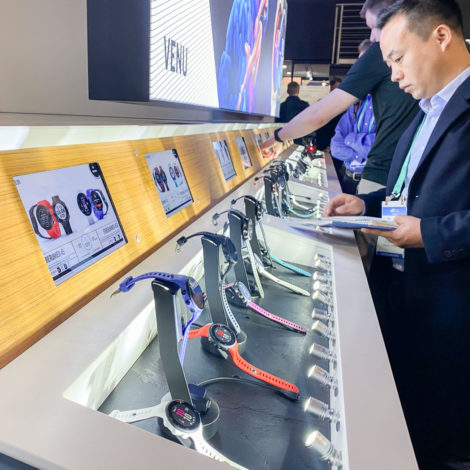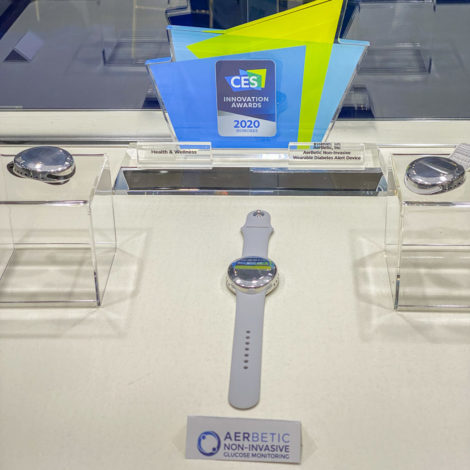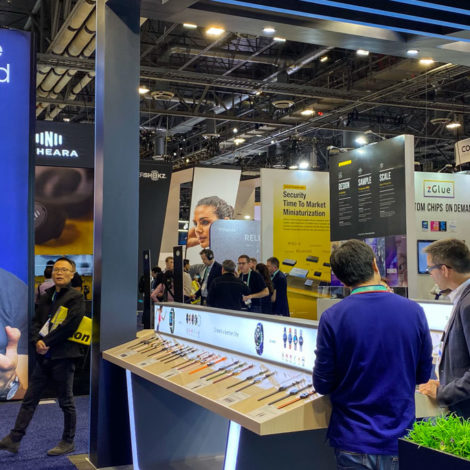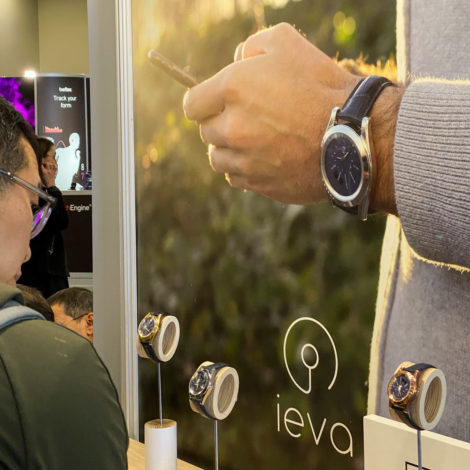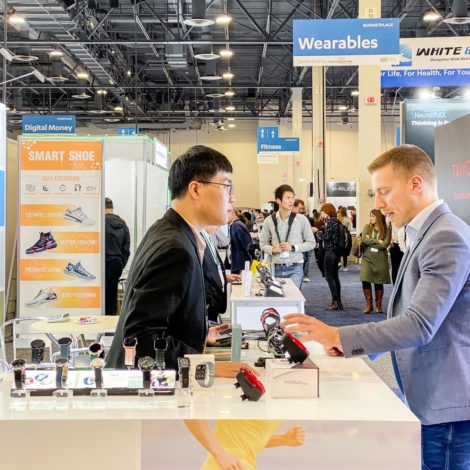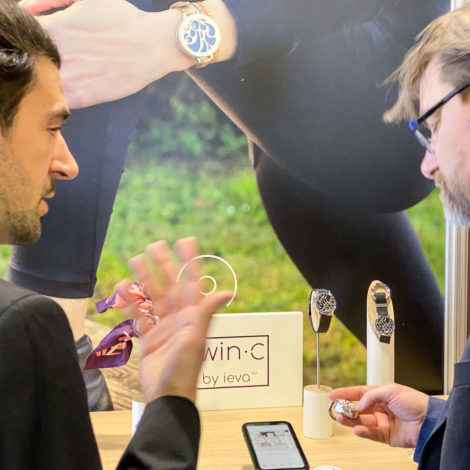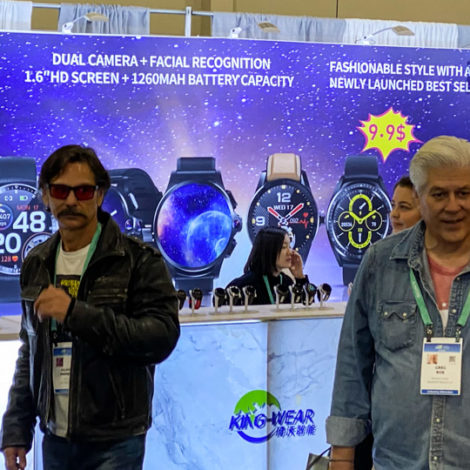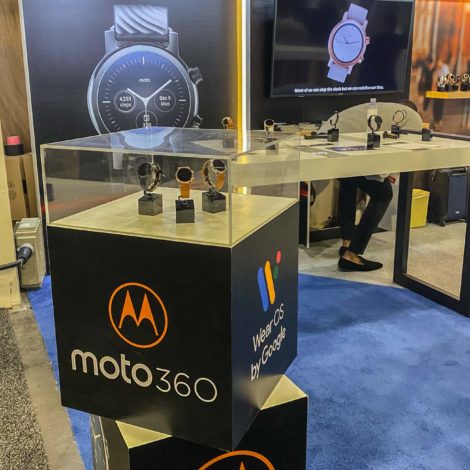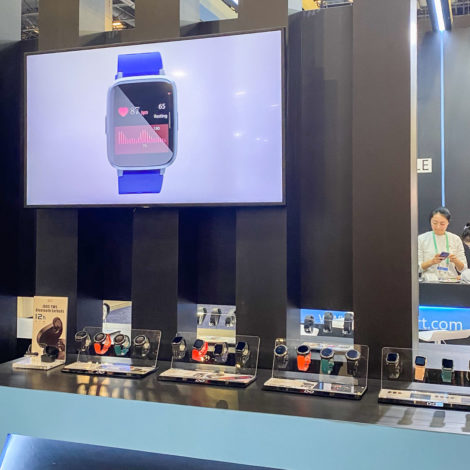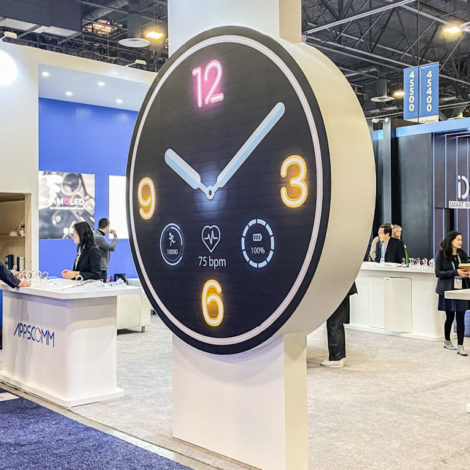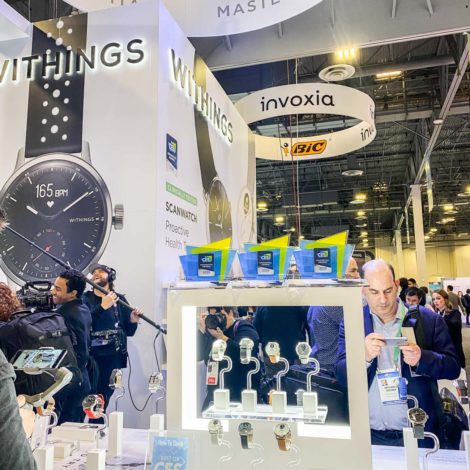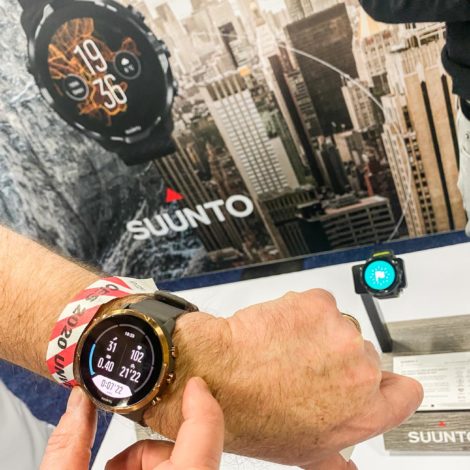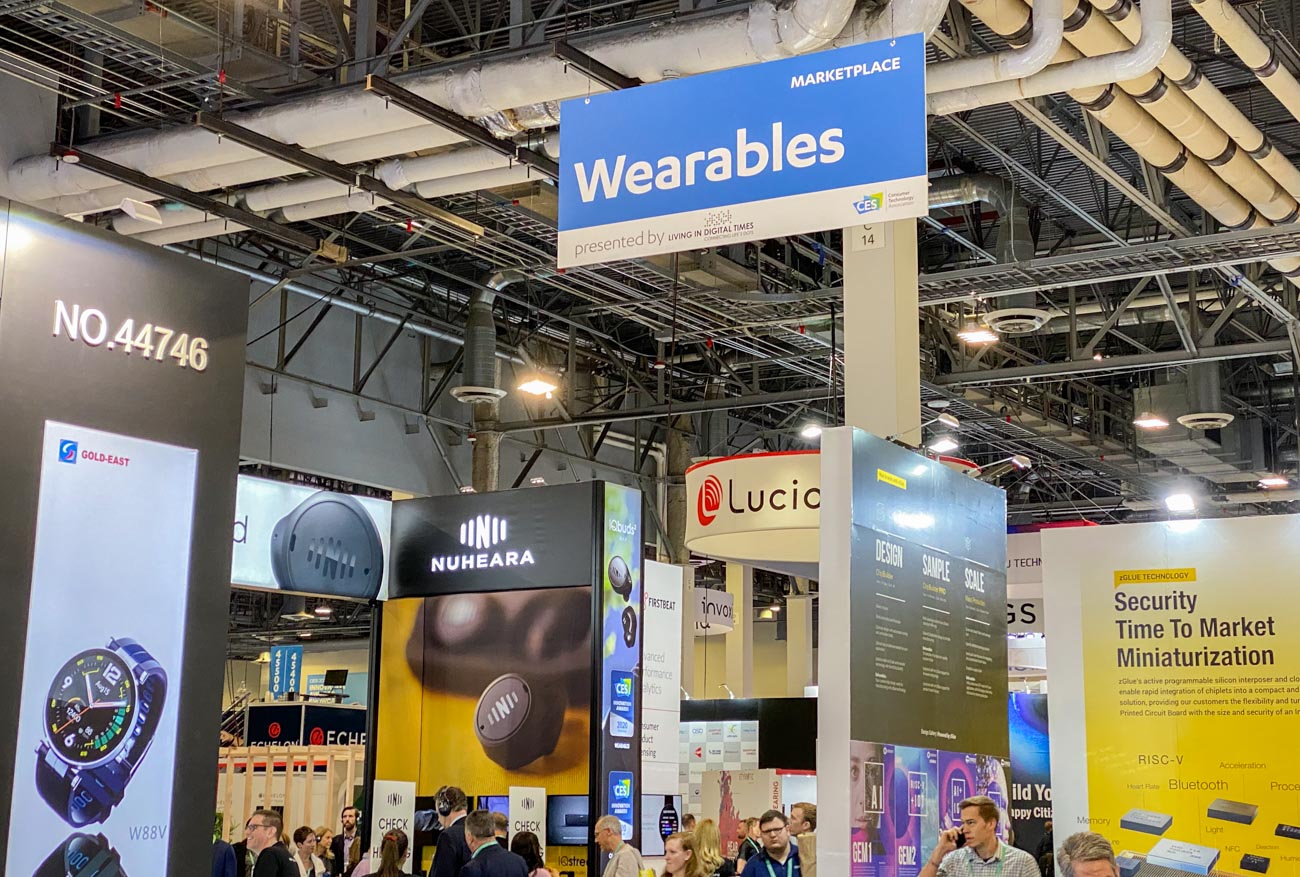
The Consumer Electronics Show (CES) is one of the most important technology-focused product trade shows and media events — if not the tech industry’s most popular event overall. The massively expansive destination spans across many of Las Vegas’ conference centers and meeting halls each year in January. A relatively recent addition to CES is the formal inclusion of “wearables” as a distinct product category (and this is naturally meant to include smartwatches).
CES attempts to showcase technology you wear (mostly on your wrist) in one area of the show. Regardless, apparently not all the “wearable” brands agree that their products fit into the same categories. This state of affairs is a fitting analogy for the mentality of the smartwatch in early 2020. CES exhibitors who produce smartwatches seem scattered as to what types of products they see themselves as producing (and whom should be wearing them). Even though the smartwatch as a technology product is, no doubt, positively evolving (mostly gradually, with limited spurts here and there), the companies who make them each seem to have equally ambiguous promises for why consumers might wish to adopt them.
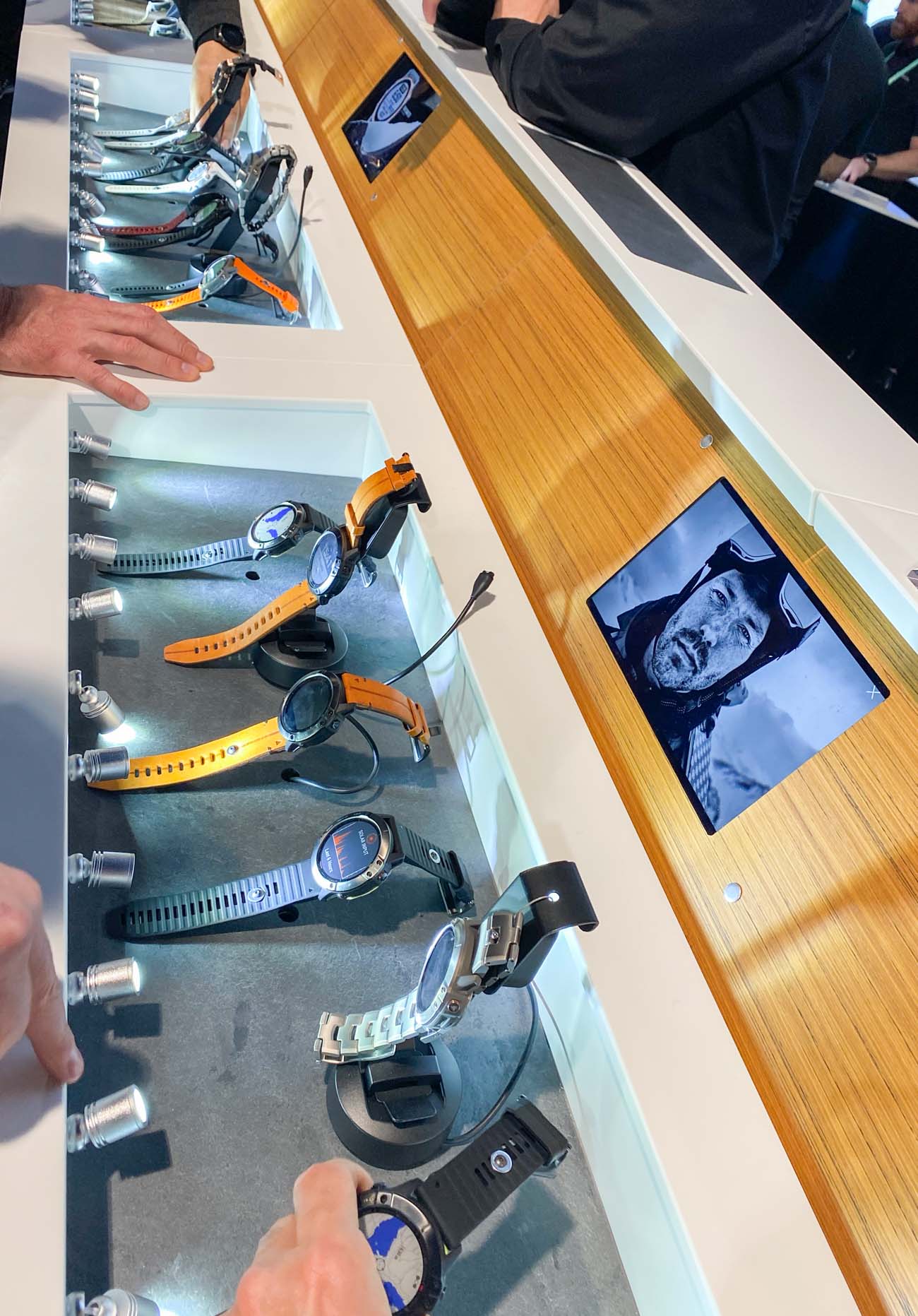
Speaking to brands, I noticed a few hints as to why. First and foremost, technology brands today are viciously trying to follow consumer trends and preferences. Rather than imagine products that work for a variety of use-case scenarios, smartwatches are a good example of companies trying to match a product for a lifestyle. Even though most of the hardware and software guts of smartwatches are similar, products in 2020 seem to focus on appealing to niche consumer groups — examples of those groups being consumers who primarily want a smartwatch for health-tracking or those that want a smartwatch for fitness training. Still others want a smartwatch for specialized sports activities, trekking, or other relatively niche (but easy-to-imagine products around) uses. The irony, of course, is that, given the variety of things most smartwatch can do, this category segmentation can feel a bit arbitrary if you see them all in the same place. A case in point is Garmin, who, as a serious competitor in the wearables space, probably had more smartwatches to display at CES 2020 than any other company.
If you see all of Garmin’s smartwatches in the same room, any consumer would be predictably intimidated. In the real world, that is unlikely, according to Garmin. The reason for its very broad selection of smartwatches seems to be an attempt to offer a specialized product to various types of retailers around the world, as well as to various types of consumers who frequent those retailers. So in the case of Garmin, smartwatch product variety is related to the company attempting to satisfy a variety of retail and distribution channels.
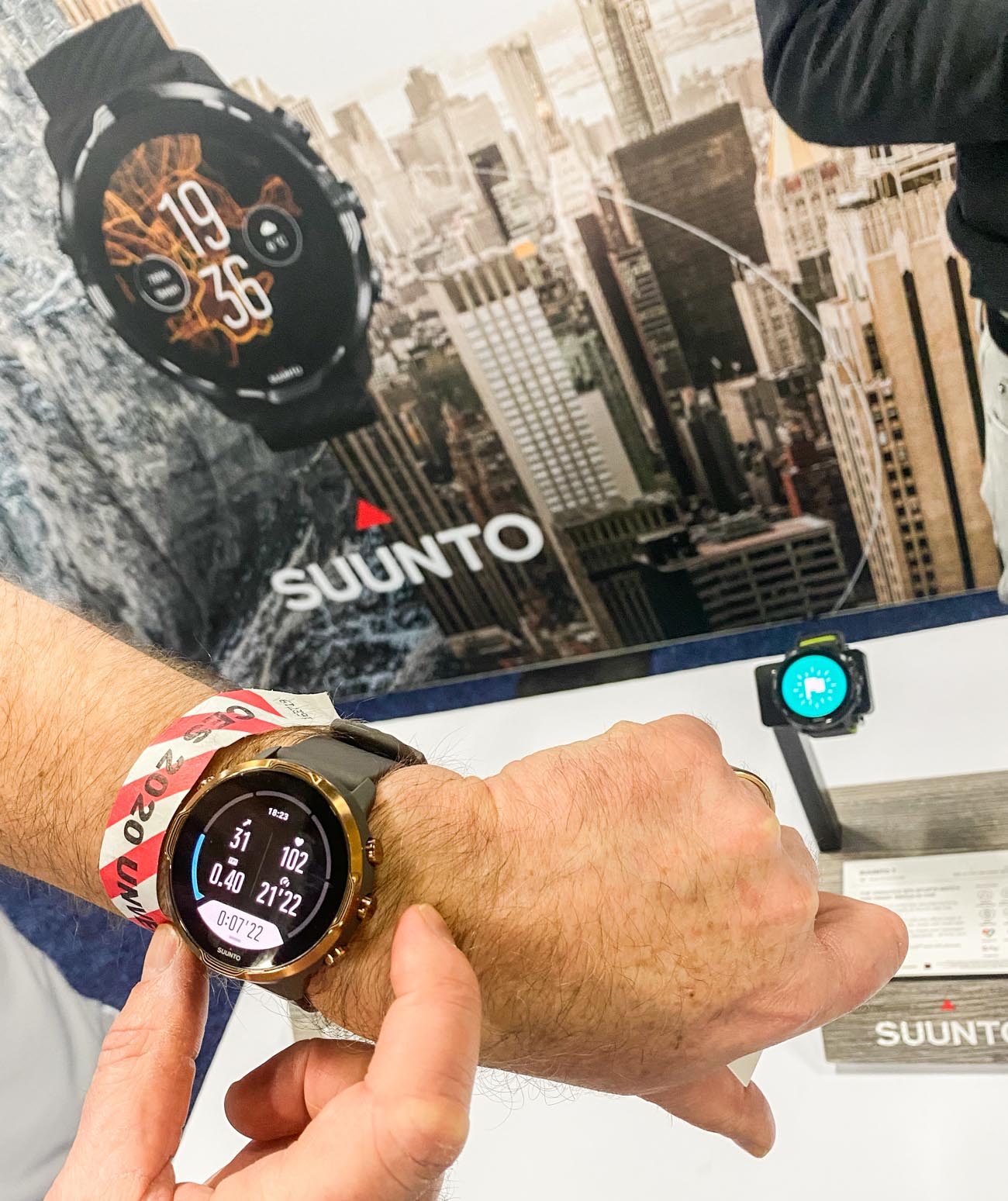
When it comes to fitting smartwatches neatly into a category, it certainly doesn’t help that CES is just one venue of many to release smartwatches. Despite the name “consumer” electronics show, many of the products at CES are hardly ready for the public to purchase, and there are a slew of other events where consumer electronics are debuted. The Apple Watch enjoys the largest share of the smartwatch market — these are launched at dedicated Apple Keynote events. Samsung has often followed suit, preferring to launch major products at its own sessions. While Google is present at CES in many forms, it doesn’t seem to have a dedicated place to show off the latest features of its Wear OS (recently rebranded from Android Wear OS). Instead, Google seems to prefer partnering with third-party product developers to showcase its latest software. Google is taking a decidedly low-risk stance when it comes to smartwatch hardware — a lesson it learned with mobile phones, as its focus is primarily on software used by third-party developers.
The two companies at CES 2020 whose smartwatches featured Wear OS included brand Moto360 and Finland-based Suunto. The latter company only recently started to use Wear OS with its Suunto 9 smartwatch, while at CES 2020 it introduces the 7, which is more affordable Wear OS-based sports smartwatch with a very pretty user interface.
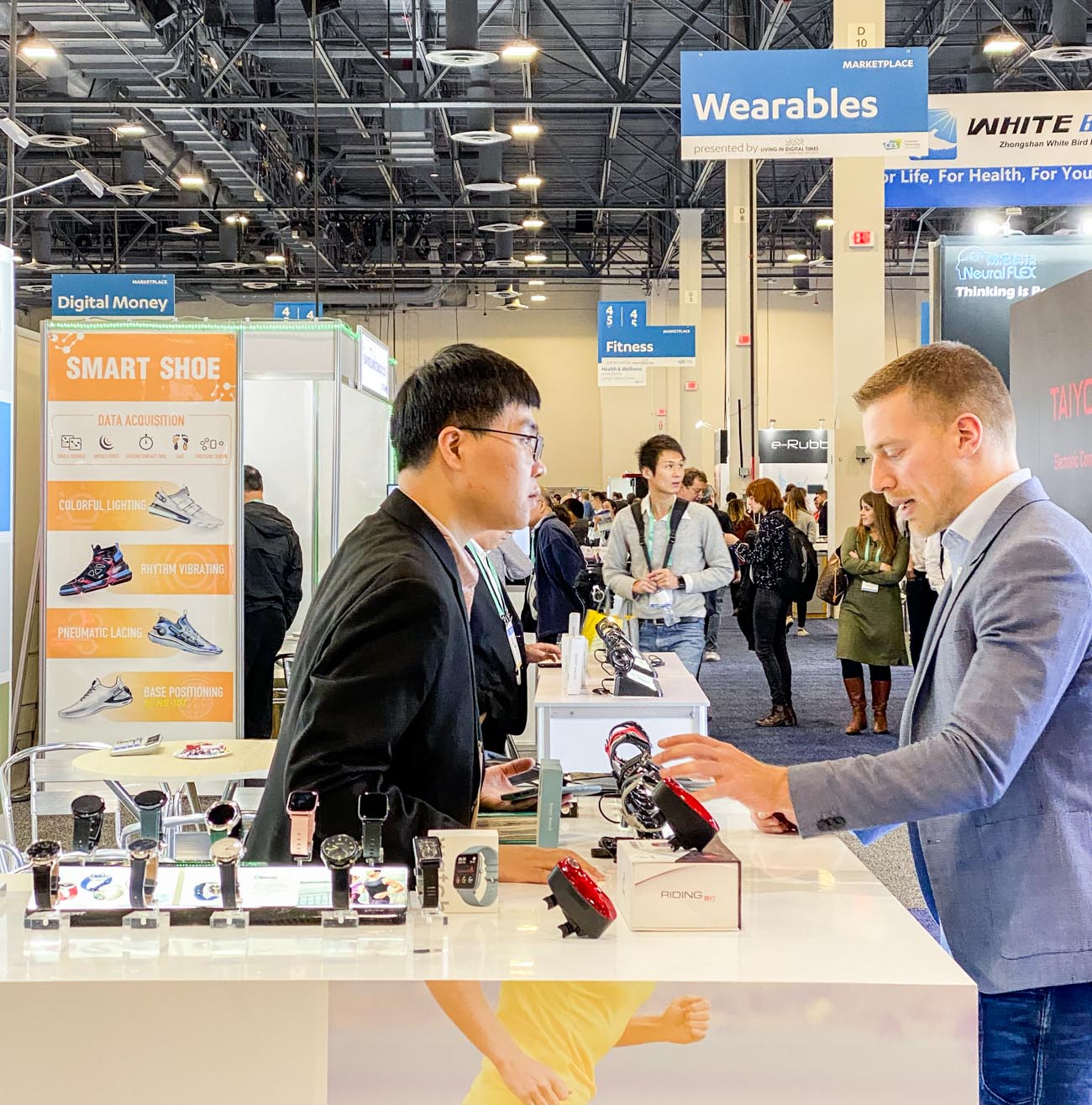
In full force at CES 2020 was French Withings, who probably had the most traditionally elegant smartwatches of the show. Its newest collection, called Scan, has a mostly analog face with a circular window that has a bright OLED screen in it. If anything, female buyers seemed to be the focus of many new wearable devices, evidenced by smaller cases, more soft streamlined shapes, and color options that go with today’s clothing and makeup tones.
Women have proven to be a powerful consumer base for activity tracking and fitness-based smartwatches. Products like Fitbit (also at CES) are popular with female consumers, as is the Apple Watch. It isn’t that men don’t wear smartwatches, but apparently marketers have found it more challenging to pinpoint what male smartwatch consumers want next — that is, aside from common requests such as better battery life and brighter screens. Such upgrades simply aren’t available given current technological limits in most instances. Female buyers for smartwatches simply seem to have a more recognized reason for using smartwatches, and so now that side of the market appears to be flooded with product options. Consumers still don’t really have a best-in-class product any more than the brands themselves understand what might make a smartwatch best-in-class in the minds of many of their consumers.
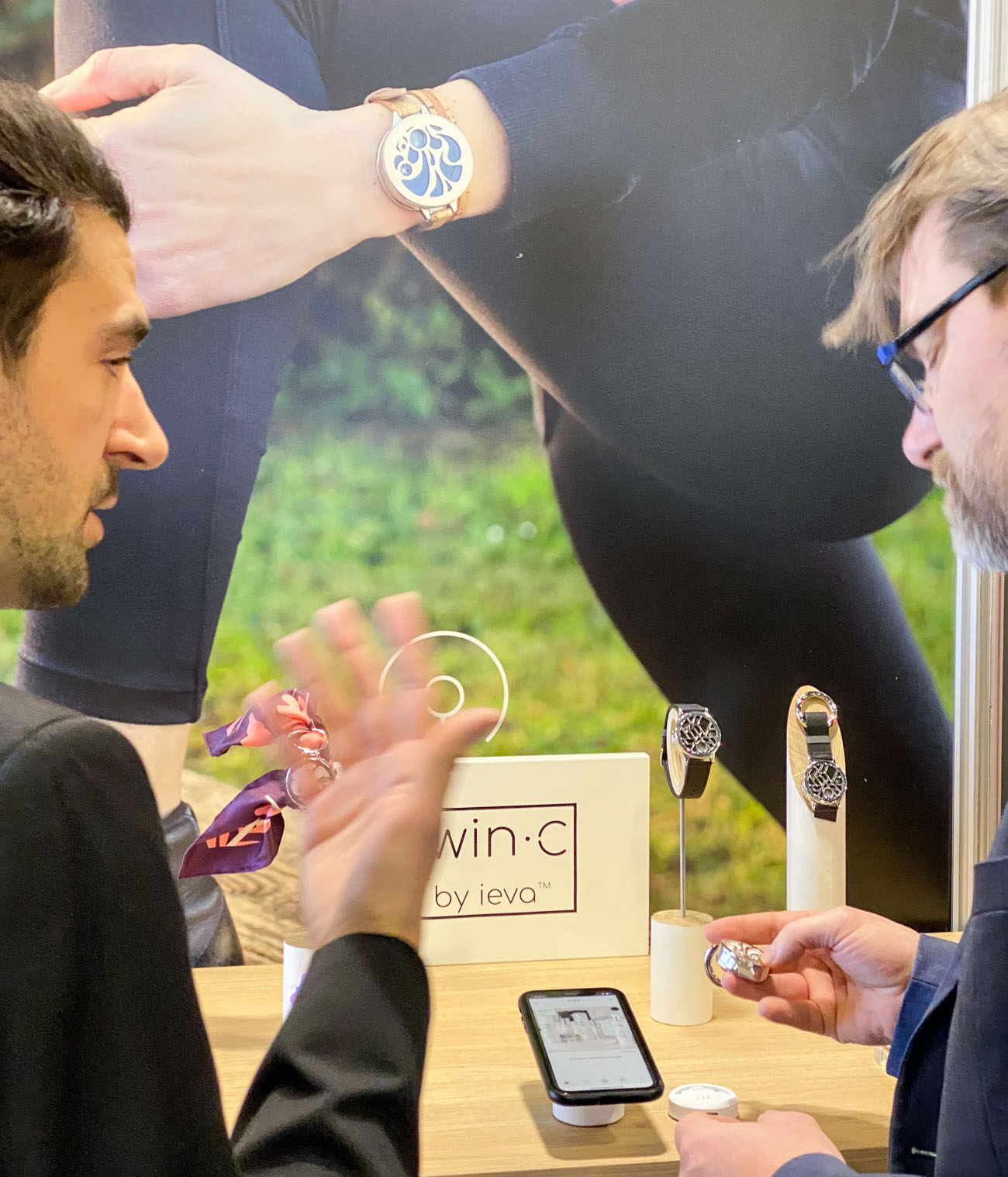
Speaking of technology limitations — what innovation was there in smartwatches at CES 2020? What I didn’t see was any big leaps in performance, screen technology, or miniaturization. Each year these aspects of smartwatches become better and better, but no one is really using them as selling points. In fact, the major selling points at CES 2020 for many smartwatch makers is, “We do this as well as X but at a cheaper price,” and “This health-tracking feature or sensor, that was not before available in a smartwatch, is now available in our smartwatch.” A lot of the latter news was in the area of health care where watches can now (apparently) non-invasively track blood sugar for diabetics, (apparently) determine if you’ve eaten too many calories today, (apparently) cure your motion sickness, (apparently) determine your hydration levels and body’s fat content, and (apparently) let your concerned loved ones know whether you as an aging person have eaten enough today or strolled around enough out of the house.
Smartwatches need to invade our privacy a whole lot more to be increasingly useful as monitors and notifiers. This comes at just the wrong time when legal scrutiny about user data and privacy is the biggest regulatory issue facing America’s tech industry. Even though the prolific legion of Asian smartwatch makers not bound by the exact same fears could more eagerly create features which rely on ongoing personal data capture, those companies seem to be more focused on copying what Apple, Garmin, and other top smartwatch makers are doing.
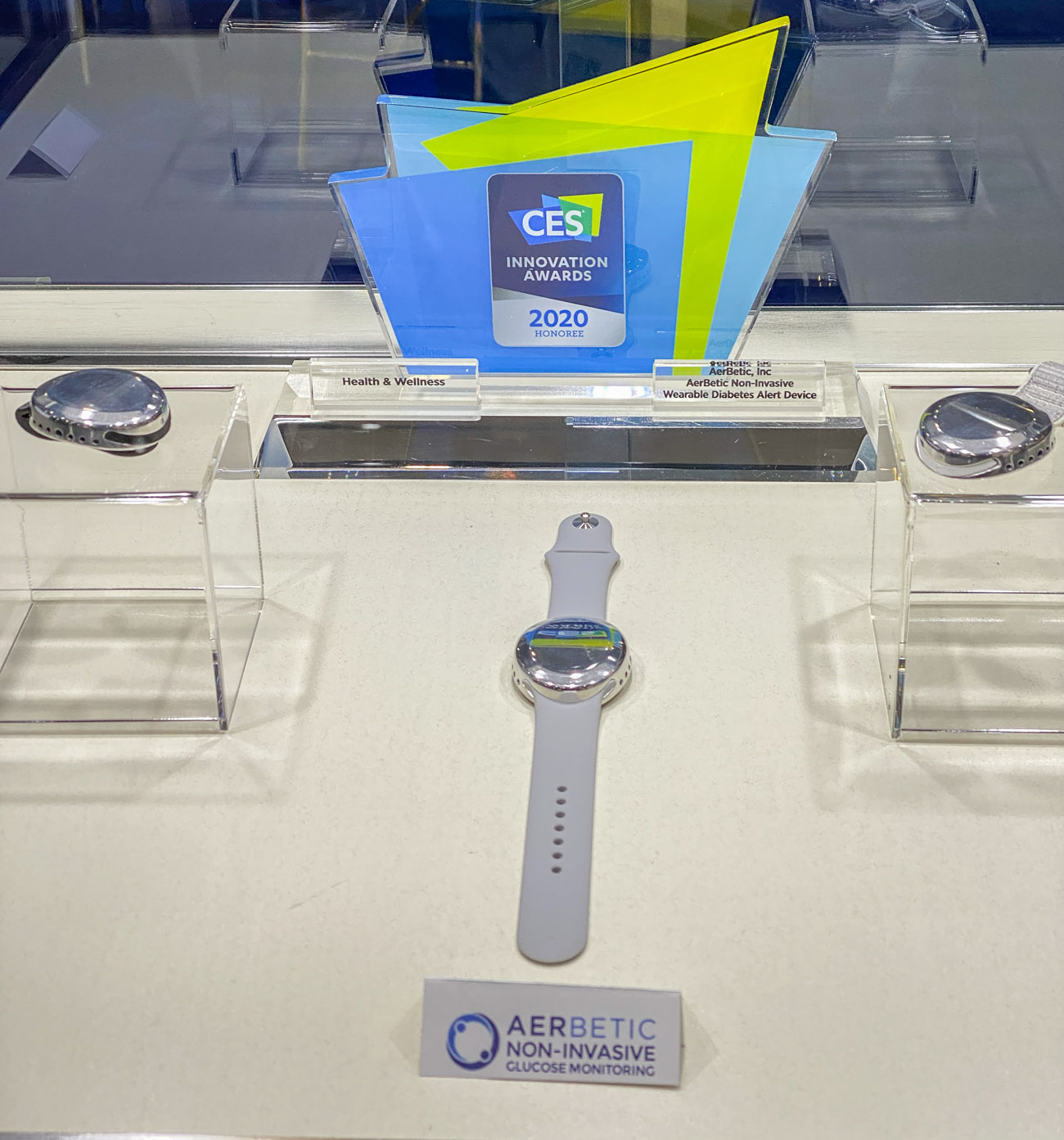
Entire smartwatch brands on display at the CES show (with names I’d not previously known before) seemed to have two lines of products being; the Apple Watch copies, and the Garmin Fenix (or other similar sporty round-cased with pushers) watch copies. The only innovation there at a glance was cost cutting and emulation. That is a shame because I feel that the more entrepreneurial-minded small smartwatch makers could create important technology on the incentive that they will both gain traction with consumers as well as become attractive acquisition targets for larger brands eager to get as much proprietary tech and tools for their smartwatches as possible.
At the outset of this article, I mentioned that, even though there is a “Wearables” section of CES, the smartwatch makers seem to be all over the show. I believe this is partly because “wearing” a smartwatch is not actually its use, but rather its form. This is the same as optical devices, pendants, smart clothing, and other items that fit into the wearables category. Some smartwatches are decidedly about fitness and so that brand might feel more comfortable in the fitness part of CES. Another brand might see itself as an everyday essential part of a well-complimented home IoT (internet of things) and thus its smartwatch (despite it also having fitness features) is placed in the “home” part of CES. Other areas of CES such as for telecommunications, medicine, or simply at large brand showcases have their own plethora of smartwatches.

What CES does not lack is smartwatches. What it does lack is any collective agreement for what consumers absolutely rely on smartwatches for (despite the fact that most of the attendees at CES were probably wearing a smartwatch). Smartwatches are, without a doubt, here to stay, and the tech industry and consumers are resolutely fascinated by them. I’ve never seen such encouragement of such a nascent technology product category by the mainstream in my life time. It is almost as though the science fiction notion of the incredibly useful smartwatch communication and sensor device is so well-planted in the general zeitgeist that consumers push brands to develop them, even if the technology necessary to achieve science fiction satisfying functionality isn’t quite here yet.
A few years ago, the smartwatch promise was all about the wearable notification device. Then it was all about the activity-tracking features. This was followed by the smartwatch as medical sensor and health-tracking device. Today, the smartwatch is finally trying to include more interesting environmental sensing features as well as connection protocols to speak with other devices. A logical next step would be for the smartwatch to evolve as an all-purpose digital personal assistant (that knows you better than any dis-connected or flesh & blood assistant ever could).

Where the tech companies are still faltering is design, but that is nothing new for the industry run by engineers. Often, the exact opposite is true in the luxury watch space, where loads of effort goes into aesthetic design to the detriment of pretty much all else (including practicality). While the market does have some “Swiss-designed” smartwatches (and most of them are pretty cool), the mainstream smartwatch industry will eventually start to benefit from having beauty as one of its major selling points. That doesn’t bother me too much, though, as I do want to have good reason for wearing my traditional “simple” watch on “off-duty hours.”
When it comes to design, overall, smartwatches are no doubt getting smaller, more wearable, and more distinctive (unless they are flat-out trying to copy a competitor), though most of them have a long way to go before aesthetic traditionalists in the wrist watch space refer to them as “pretty.” Engineers don’t have too much of a track record for designing beautiful things as much as they are for designing things that work. Most smartwatch makers seem, thus far, not to have graphic designers, creative directors, and artists working for them who might be responsible for more interesting-looking cases, straps and, most importantly, dial graphics. That isn’t to say there isn’t effort in this department, but it will be a few years because smartwatch R&D budgets shift from pure engineering to more cosmetic or fashion considerations.
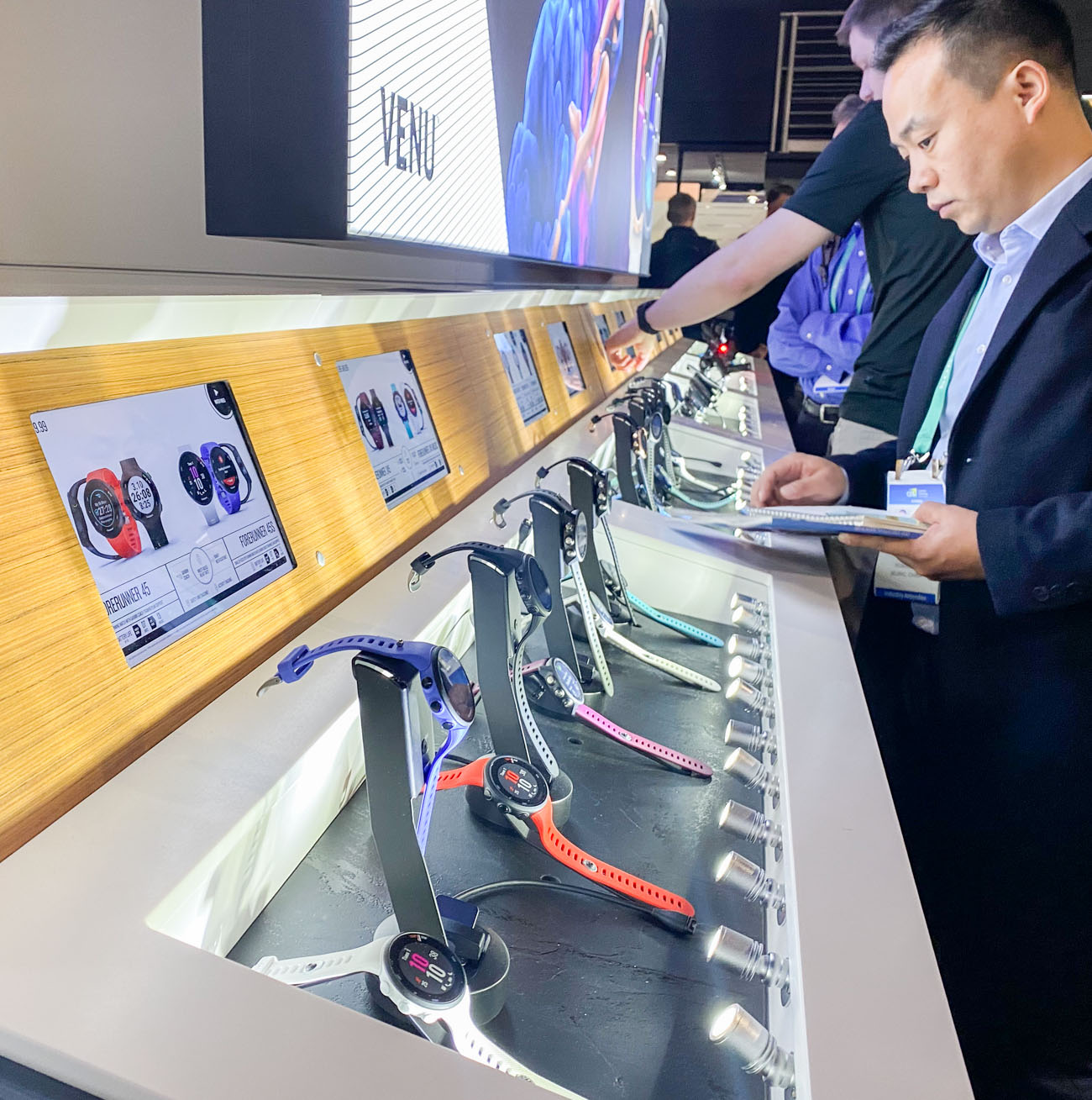
The politics of privacy and data sharing will have to resolve a bit before smartwatch makers invest in new features that rely on data, the future access of which isn’t clear. It isn’t just available third-party data but also limitations companies have on collecting data directly from their users. There is still so much unknown, sadly, in a time when access to more data and more liberalized consumers on the topic would help speed up the acculturation of smartwatches as fresh tool to solve a host of our current time management, health, fitness, diet, social, entertainment, and mental health needs.
Smartwatches in 2020 are getting better, cheaper, and nicer-looking. That said, there seems to be the common Far East race to the bottom in terms of pricing, even before enough industry leaders or established consumer applications have been determined. This state of affairs virtually guarantees that many of today’s smaller and less diversified smartwatch makers will struggle to make it over the next 5-10 year period. During that time, only brands like Apple, Garmin, Samsung, Google, and some others who have other more stable revenue streams will be able to continually invest in smartwatch research and development as the market ebbs and flows, evolves and matures.
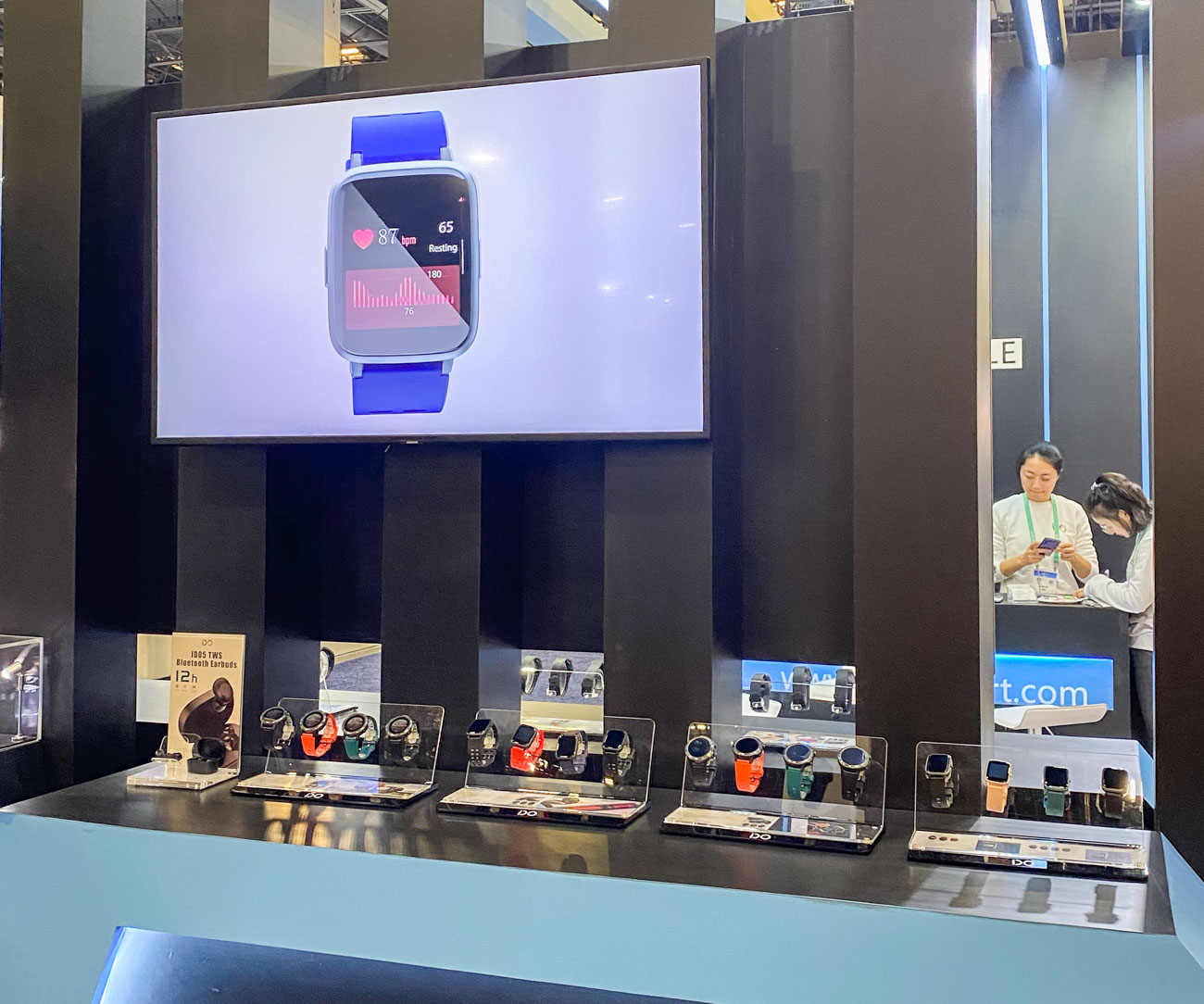
I pointed out this same fact a few years ago when I realized that the cost currently needed to seriously develop innovation in the smartwatch space was still quite far from clear profit opportunities. The major names in tech will have to risk losing money in smartwatches if the category is going to advance as quickly as consumers seem to demand. The good news is that smartwatches will be replaced by consumers very often, assuming the upgrade path leaves their data and personalization experiences intact when they move from product to product. If anything, consumers hooked on smartwatches will buy a lot of them because it fashionably pays to have multiple looks, and because the physical wear and tear of wrist watches is often high.
At CES, 2020 I wore a traditional wristwatch on one wrist and an Apple Watch Series 5 on the other wrist during the entire show. Few smartwatch makers seemed to comment or take notice of my “double-wristing it,” which told me a lot about how they think about watches and that they don’t yet see them as beauty objects. I hope that changes.
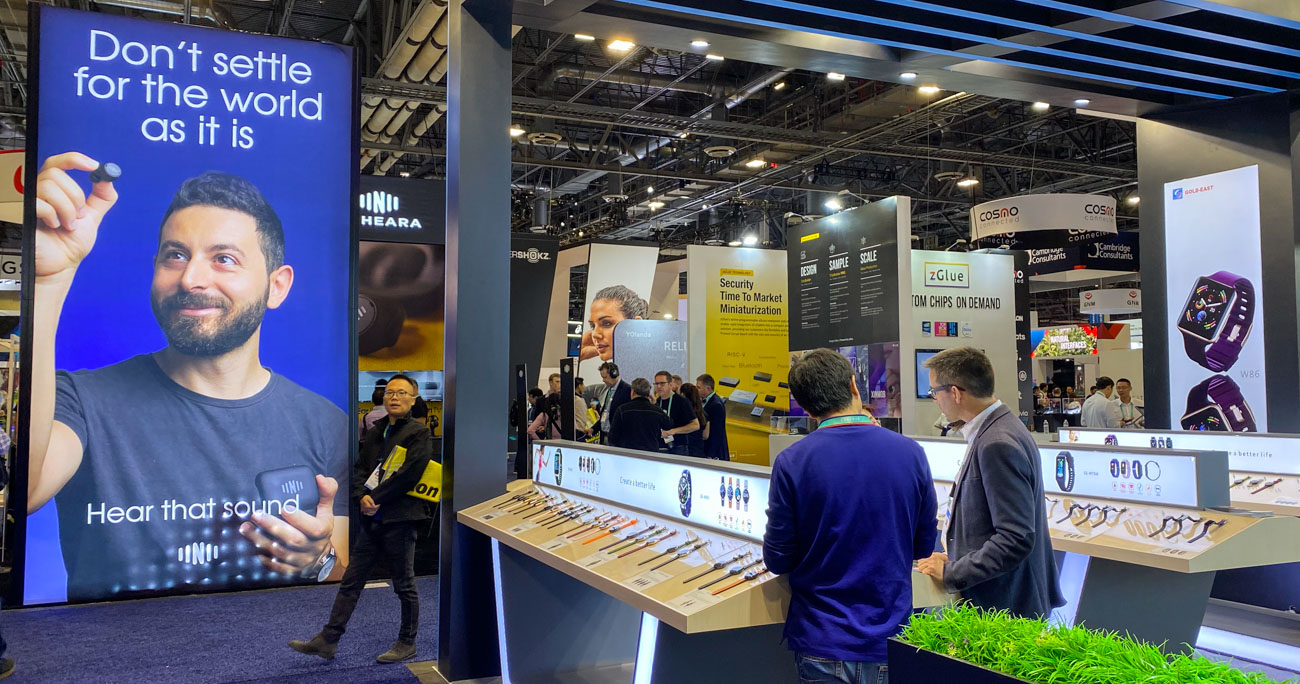
What other major challenges does the smartwatch industry face in 2020m, and beyond? In short, bottlenecks. And by that I mean innovation or even production bottlenecks. You see, a smartwatch as a product really relies on a few competencies in order to be a great tool. Those competencies include material science, processors and power consumption, miniaturized hardware manufacturing, case, dial, and strap design — case, dial and design manufacturing — and a host of software development proficiencies. Few, if any, companies are able to do it all, so what happens is that companies able to innovate in one area, often have to wear for companies in these other necessary areas to keep up or offer some piece of the puzzle that doesn’t exist yet. Easily the greatest example is the limitation on battery capacity and recharge speeds.
The consumer electronics show didn’t present me with any new smartwatches I immediately wanted to ditch an Apple Watch for, but there were at least a handful of interesting new smartwatch wearable products released at CES 2020 that I look forward to reviewing over the course of the year, as well as items I can recommend to many people for whom the Apple Watch may not be a good fit. See you next time, CES.

